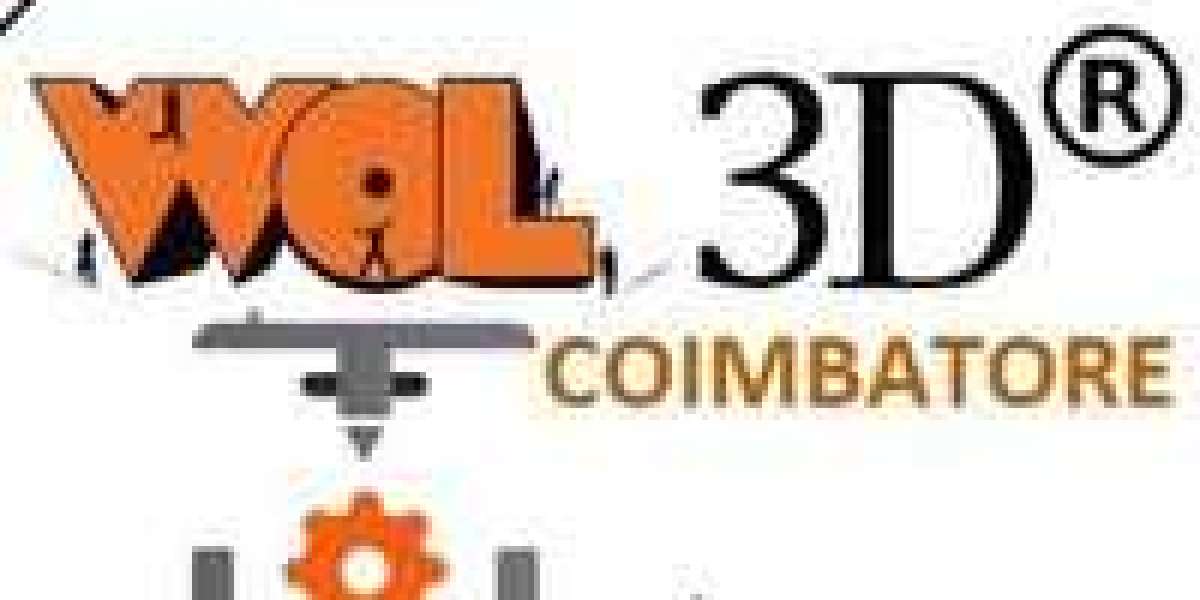In the world of lighting systems, ballasts play a critical role in regulating the voltage and current supplied to fluorescent and HID lamps. While many older ballasts contained hazardous polychlorinated biphenyls (PCBs), advancements in technology have led to the development of non-PCB Ballast recycling, which are safer for both human health and the environment. However, like any electronic component, these ballasts eventually reach the end of their life and require proper disposal.
Recycling non-PCB ballasts is an essential practice that promotes sustainability, reduces landfill waste, and prevents potentially harmful materials from harming the environment. This article explores the importance of non-PCB ballast recycling, the recycling process, and the environmental benefits it offers.
Understanding Non-PCB Ballasts
Non-PCB ballasts are electronic or magnetic devices used to regulate current in lighting fixtures without containing PCBs. PCBs, once a common component in electrical equipment, were banned in many countries due to their toxic nature and environmental persistence. Non-PCB ballasts, by contrast, are safer and designed to be environmentally friendly.
Key Features of Non-PCB Ballasts
- Environmentally Safe Materials: Non-PCB ballasts avoid hazardous chemicals and are often designed with recyclable components.
- Longer Lifespan: Modern non-PCB ballasts are more efficient and durable, requiring less frequent replacement.
- Compatibility: These ballasts are compatible with newer, energy-efficient lighting systems, making them a preferred choice in modern lighting upgrades.
The Importance of Recycling Non-PCB Ballasts
Recycling non-PCB ballasts is crucial for several reasons:
- Environmental Protection: Recycling prevents harmful materials, such as metals and plastics, from ending up in landfills where they can leach into the soil and water.
- Resource Conservation: Many components in ballasts, such as copper, aluminum, and steel, can be recovered and reused, reducing the need for virgin raw materials.
- Energy Savings: Recycling metals consumes significantly less energy compared to mining and refining new materials.
- Regulatory Compliance: Proper recycling ensures adherence to environmental regulations and promotes responsible waste management practices.
The Non-PCB Ballast Recycling Process
The recycling process for non-PCB ballasts involves several steps to ensure safe and efficient material recovery:
1. Collection and Transportation
Non-PCB ballasts are collected from various sources, such as businesses, schools, and industrial facilities. Specialized recycling companies or municipal waste programs transport the collected ballasts to recycling centers.
2. Sorting and Inspection
At the recycling facility, the ballasts are sorted to separate non-PCB ballasts from other electronic waste. They are inspected to identify recyclable components and ensure that they are free from contaminants.
3. Disassembly
Non-PCB ballasts are disassembled to recover valuable materials. This process involves separating metals like copper, steel, and aluminum from non-recyclable parts such as plastic housing or insulation.
4. Material Recovery
Recovered metals are processed and refined to prepare them for reuse. The plastic and other non-recyclable components are disposed of responsibly, often through waste-to-energy processes.
5. Reuse and Repurposing
The reclaimed materials are sent to manufacturers to be used in new products, reducing the demand for raw materials and supporting a circular economy.
Benefits of Recycling Non-PCB Ballasts
Recycling non-PCB ballasts offers a range of environmental, economic, and social benefits:
Environmental Benefits
- Waste Reduction: Recycling reduces the volume of waste sent to landfills.
- Lower Carbon Footprint: Reprocessing metals uses less energy and produces fewer greenhouse gases compared to mining and manufacturing new materials.
- Prevention of Pollution: Proper disposal ensures that hazardous substances in ballasts, such as lead or mercury, do not contaminate the environment.
Economic Benefits
- Cost Savings for Businesses: Recycling programs can help businesses reduce waste disposal costs and earn rebates for recyclable materials.
- Support for Recycling Industry: The demand for recycled materials stimulates growth in the recycling and manufacturing industries, creating jobs and economic opportunities.
Social Benefits
- Educational Impact: Recycling programs raise awareness about sustainable practices and encourage communities to adopt environmentally friendly habits.
- Community Engagement: Local recycling initiatives bring communities together, fostering a sense of responsibility for environmental stewardship.
How to Recycle Non-PCB Ballasts
Recycling non-PCB ballasts is straightforward when you follow these steps:
1. Identify Non-PCB Ballasts
Look for labels on ballasts indicating whether they are PCB-free. Most newer ballasts are non-PCB, but it’s essential to confirm.
2. Partner with Certified Recyclers
Choose a certified recycling company that specializes in handling electronic waste and lighting components. These companies adhere to strict environmental and safety standards.
3. Participate in Local Recycling Programs
Many municipalities and organizations run e-waste recycling drives where you can drop off old ballasts for proper disposal.
4. Encourage Bulk Recycling
Businesses and institutions can benefit from bulk recycling programs, which often include pick-up services and discounted rates for large quantities of ballasts.
The Future of Non-PCB Ballast Recycling
As the push for sustainability grows, recycling practices are becoming more efficient and widespread. Technological advancements in material recovery and processing are expected to further enhance the recycling industry. Additionally, increased awareness and stricter regulations will continue to drive demand for responsible disposal of electronic waste, including non-PCB ballasts.
Conclusion
Non-PCB ballast recycling is a simple yet impactful step toward a more sustainable future. By choosing to recycle these components, businesses and individuals can protect the environment, conserve valuable resources, and support the circular economy. With accessible recycling programs and growing awareness, it’s easier than ever to ensure that non-PCB ballasts are disposed of responsibly. Together, we can minimize waste and create a greener planet for generations to come.







